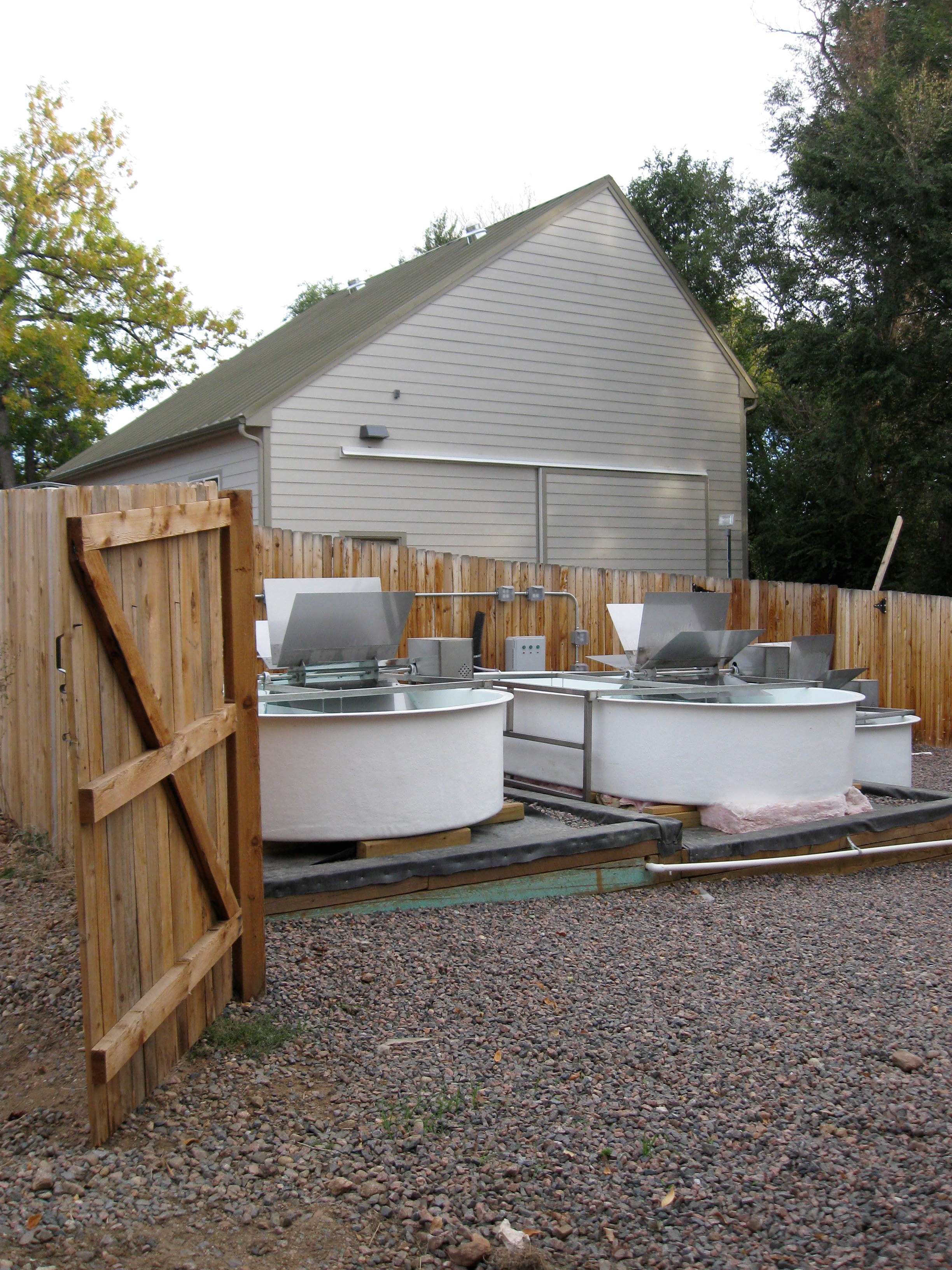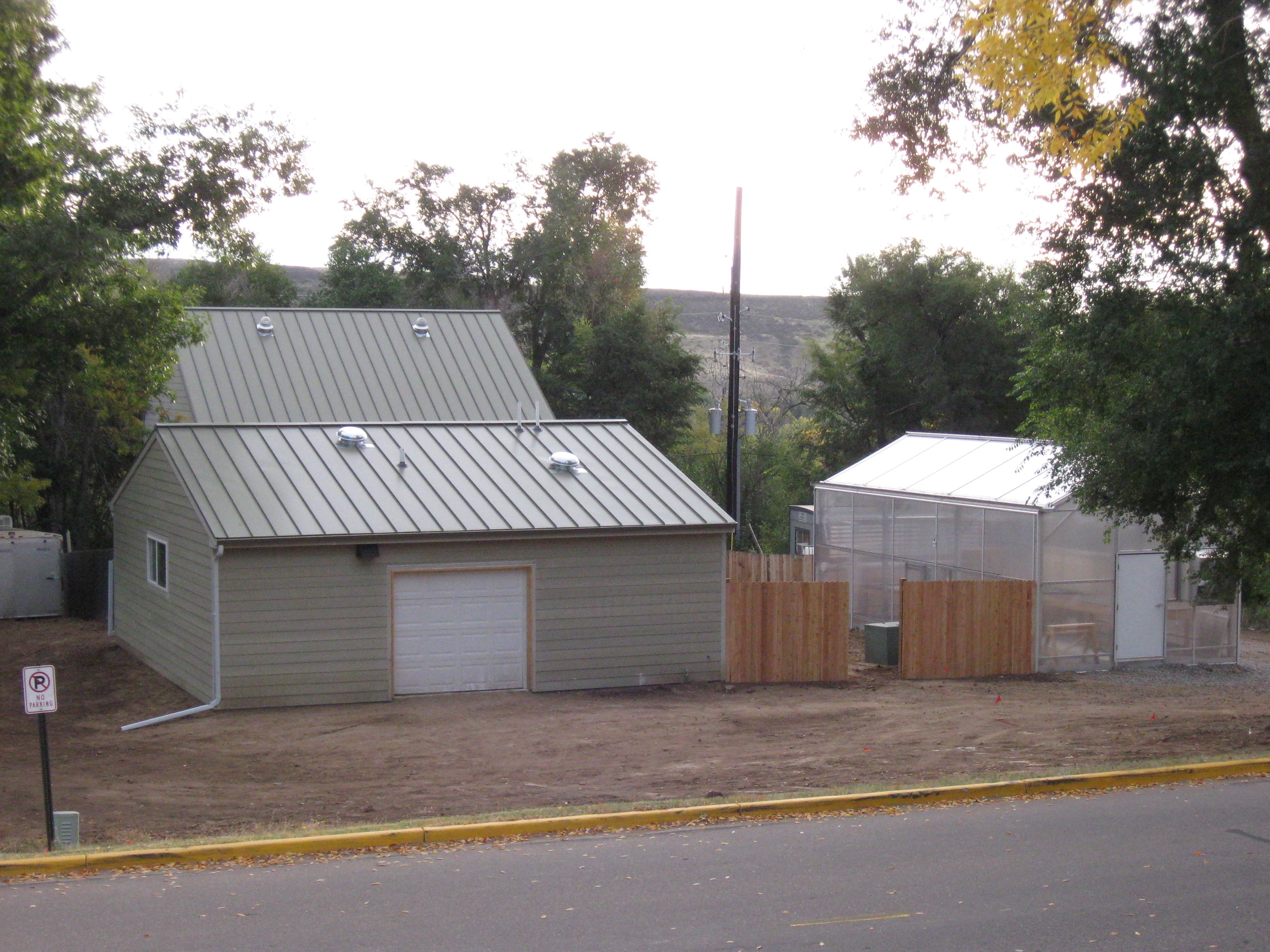The On-site Sequencing Batch Membrane Bioreactor Full Scale Demonstration Project
|
|
Today, onsite wastewater treatment systems serve approximately 25 percent of the U.S. population. Onsite systems, both in the United States and globally, should be effective in protecting public health and preserving water quality, while also being acceptable, affordable, and sustainable. Onsite and decentralized systems have the potential to achieve these goals in rural areas, peri-urban developments, and urban centers in small and large cities. Moreover, they can improve water-use efficiency, conserve energy, promote green spaces, and help restore water resources. More importantly, onsite and decentralized systems have the potential to yield enormous benefits across the developing world, where estimates are that 1.2 billion people lack clean water supply and 2.5 billion people lack adequate sanitation; resulting in close to 3.4 million annual deaths from waterborne disease. Historically, onsite wastewater systems relied on soil for disposal of human waste and wastewaters. For much of the 20th century, soil-based waste-disposal systems, such as privies, cesspools, seepage pits, and leachfields were viewed as methods for keeping human wastes and pollutants away from people and surface waters. These disposal systems were not explicitly designed to achieve a desired treatment performance. As a result, the performance of such systems, that were implemented decades ago, can be relatively poor compared to the performance that modern treatment systems can achieve.
Advanced wastewater treatment systems produce higher-quality effluent water that is suitable for direct discharge to a stream or for reuse on site. Specifically, in areas that either lack suitable subsurface conditions for infiltration or are water-stressed, reusing wastewater effluents locally can offer opportunities for landscape irrigation, toilet-flushing, car washing or stream flow augmentation. Membrane bioreactors (MBR) represent a new technology that can provide an effluent quality that commonly exceeds the water quality of large centralized, conventional wastewater treatment plants. MBRs are increasingly used to replace conventional plants, and when considering their small footprint, they provide a great opportunity for decentralized treatment of municipal wastewater. The Advanced Water Technology Center (AQWATEC) at CSM partnered with Aqua-Aerobic Systems, Inc. and CSM's Small Flows Program to explore the viability of new hybrid treatment systems using sequencing batch reactors (SBR) with submerged ultrafiltration membranes. The Aqua-Aerobic® MBR demonstration system is designed for small communities or cluster homes, providing an effluent quality that is suitable for onsite reuse. |
The main objective of the current study is to assess the performance of the on-site, full-scale, demonstration system, treating domestic wastewater generated by the Mines Park student housing complex (~400 apartments). Primary work focuses on the optimization of the process for biological nutrient removal (BNR), optimization of membrane operation, and recycle rates for constant and diurnal flow patterns. The system is challenged under a variety of weather and operating conditions while considering the potential for beneficial reuse. The full-scale (6-12 gpm) demonstration system consists of two alternating side-by-side trains, with only one train receiving wastewater at a time. Study of the full scale system is complimented by the operation of a pilot scale (10-15 GPH) conventional MBR system, which uses the same but shorter hollow fiber membrane (PURON™, Koch Membrane Systems) and can be modified as needed to compare unit operations and processes between treatment schemes. The full scale system has been seeded with activated sludge from a local BNR wastewater treatment plant. Preliminary studies of the technology concept have revealed that it is a highly efficient and feasible option for wastewater treatment. The full scale demonstration system will allow for biological phosphorus removal as well as coprecipitation with alum. Combining these technologies will offer all of the effluent quality benefits of MBR processes paired with process and operational advantages of SBR technologies.
|


